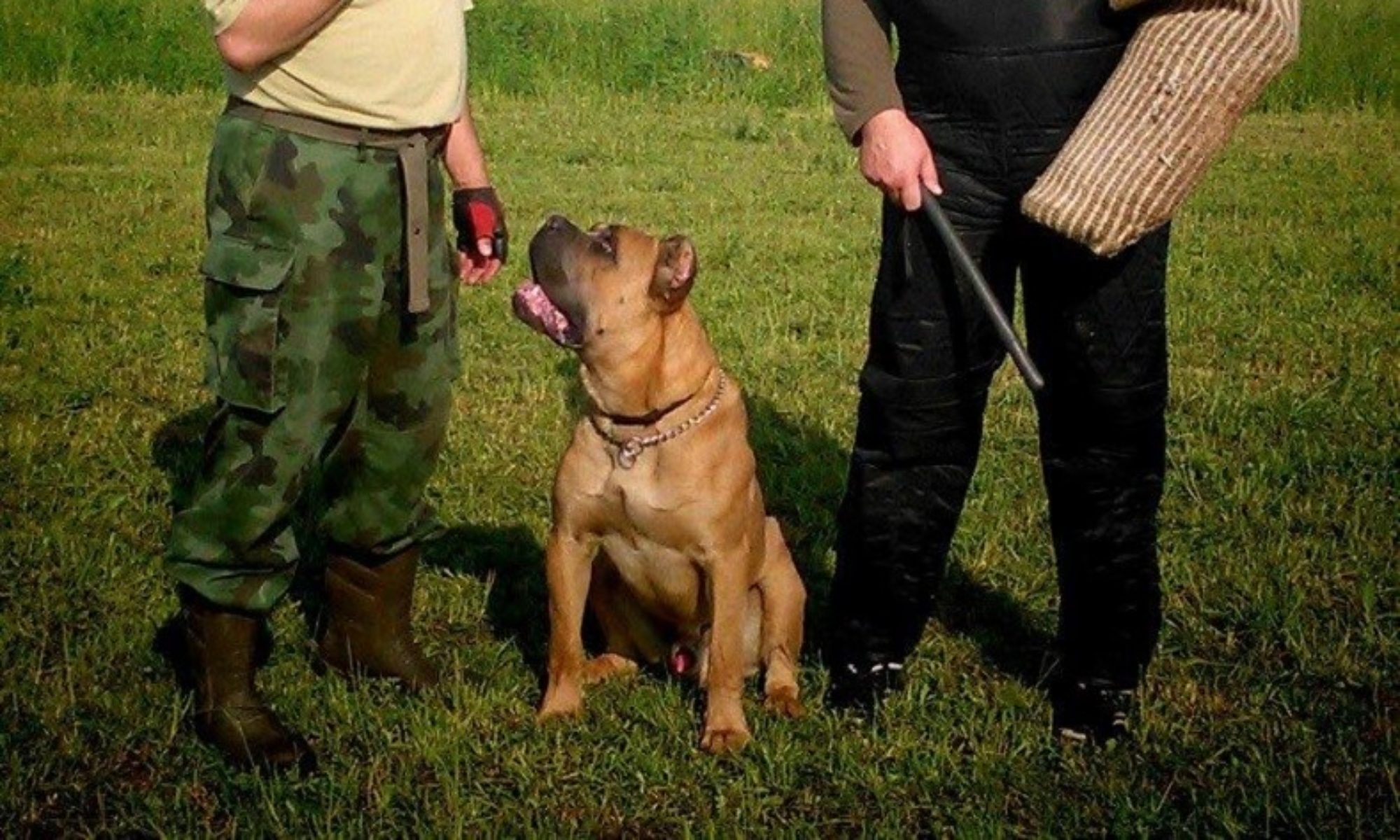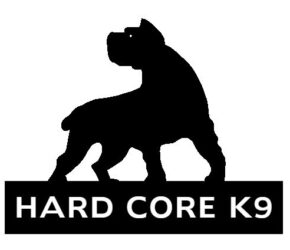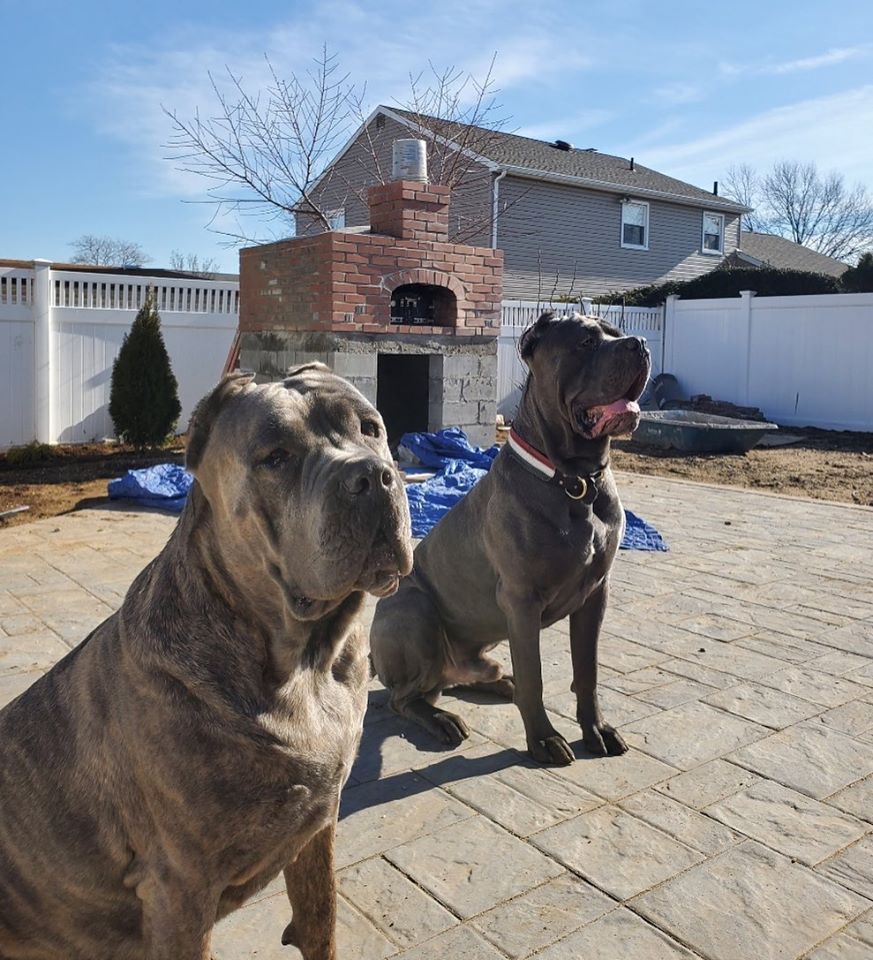No one wants a Cane Corso jumping up on them, and a Great Dane could knock you over by pulling on a leash!
is essential for large and giant breed dogs because the safety of you, your dog, and your guests is at stake. Life with your large dog will also be much more satisfying if your dog knows who is boss, and is rewarded for obeying the rules.
REWARDS VS. PUNISHMENTS
Large dogs can be easy to train and very obedient if you start early, are consistent, and develop clear rules. Giant breeds respond much better to positive reinforcement (rewards for good behavior) than punishment for bad behavior. These dogs can be very sensitive, and have the added risk of fighting back if they dislike the punishment. The best defense is good prevention: teach your dog acceptable behaviors, rather than fighting bad habits.
bbbbbbbbbbbbbbbbbbbbbbbbbbbbbbbbbb
If you do have to break bad habits (like pulling on a leash) it’s important to determine the dog’s perceived reward for his behavior, and either remove it and/or replace it with a more desirable behavior. If you take an active approach to training and focus on teaching good behaviors you and your giant pooch will get along fine.
BIG DOG
Giant breed dogs pose obvious problems. Not only do they take up more space, but their height may allow them to reach food on a table or accidentally knock off cups on coffee tables with their tails. Some large dog owners may feel threatened due to their dog’s size and strength, but a commanding attitude will help your dog remember who’s in charge. Rather than trying to be a pack leader, you need to be the rule-setter: you control the food and make the rules. Be sure to be consistent so that puppies can become respectful family members.
TIPS TO TRAIN LARGE BREED DOGS
- Heeling and walking on a leash:It’s essential that your dog learns to walk with you and not pull on the leash. Dogs have an instinct to pull or chase smaller animals, so you have to find better behaviors to reward them for. Reward your dog whenever heeling or walking properly, and if needed, tell your dog to sit (the opposite of pulling), and reward the sit. Your dog can learn to walk with you if you use a few techniques and tricks:
- Use non-retractable leashes to teach appropriate walking distances.
- Using a Gentle Leader is a humane way to keep your dog from pulling and help them learn to walk at your pace. The extra leash piece goes over the dog’s mouth, causing frustration and discomfort, but not pain, if they’re pulling. Your dog will quickly learn that in order to control their muzzle they must adapt to your pace.
- Keep a treat in one hand (same hand each time) next to your dog when you go for a walk. If you reward sitting/heeling with this treat, your dog will learn to heel by watching your hand and hoping for a snack!
- Finally, save the favorite treats for those perfect heeling moments during the walk—to make your point. Waiting to feed your dog until after the walk will make treats even more enticing.
- Sit and Stay:A well-learned sit command can keep you and your dog out of bad situations. Get in the habit of making your dog sit and stay for every feeding, and wait until your dog does it correctly. If you switch up the “staying” time, they will learn to wait for your command, instead of waiting a period of time.
- Not jumping up:While it might be cute for a Miniature Schnauzer to jump up and greet visitors, a jumping Mastiff could hurt or scare someone. Rather than getting angry, reinforce a different behavior for your dog to greet visitors: teach your dog to shake or sit when people come to the door. Not only will your dog stop jumping, but they will look like a very polite pup, waiting to shake hands with the guest.
These commands are also extremely useful when you groom your pooch. A simple bath can become an impossible task if you have not trained your dog to be obedient.
You and your dog can master these important steps, and then you’ll be able to move on to other tricks and keep your breakables and everyone safe.


